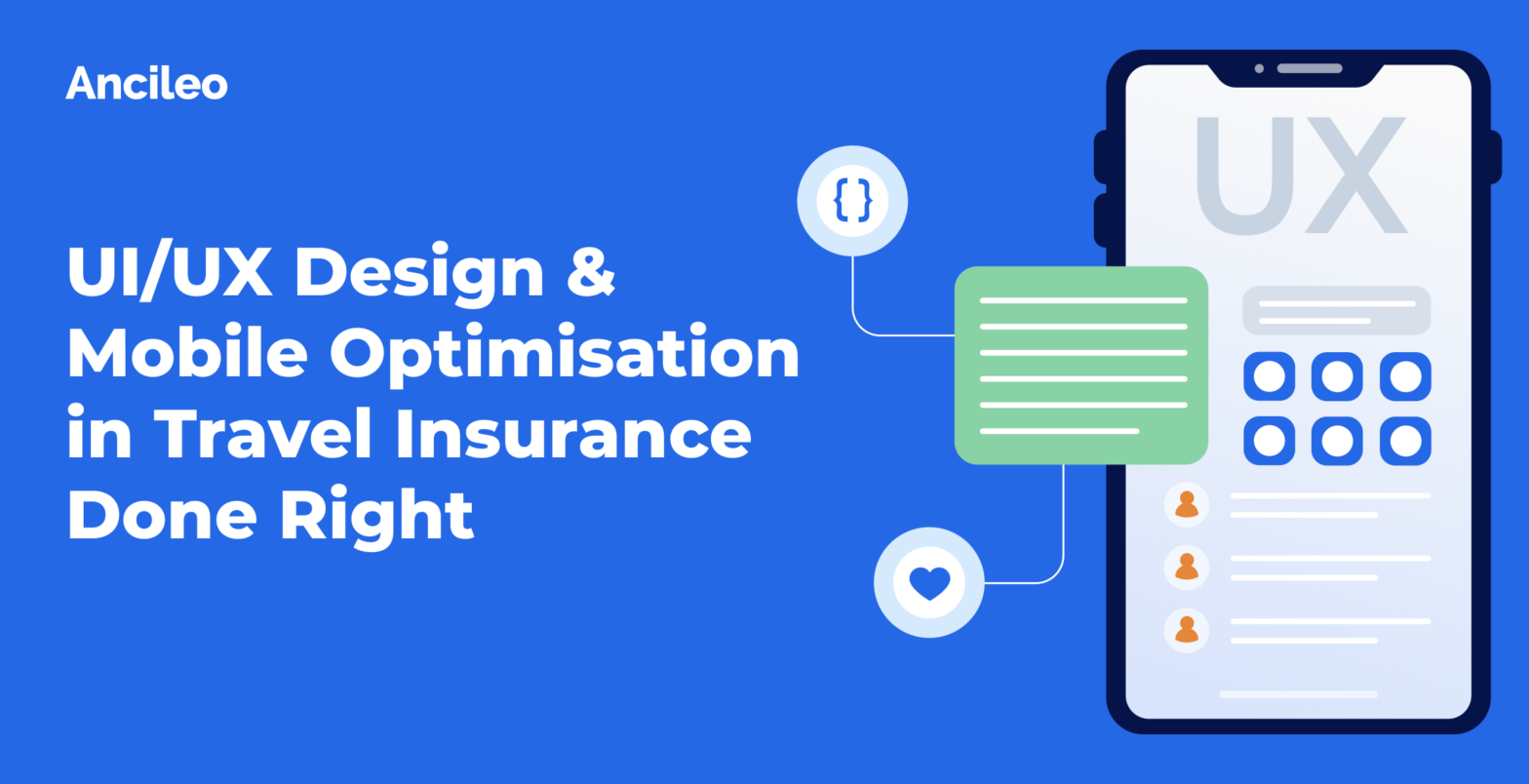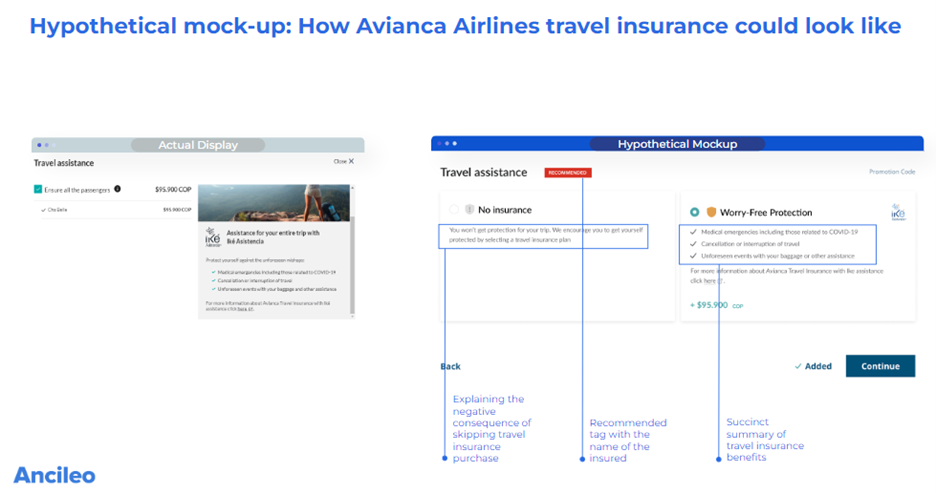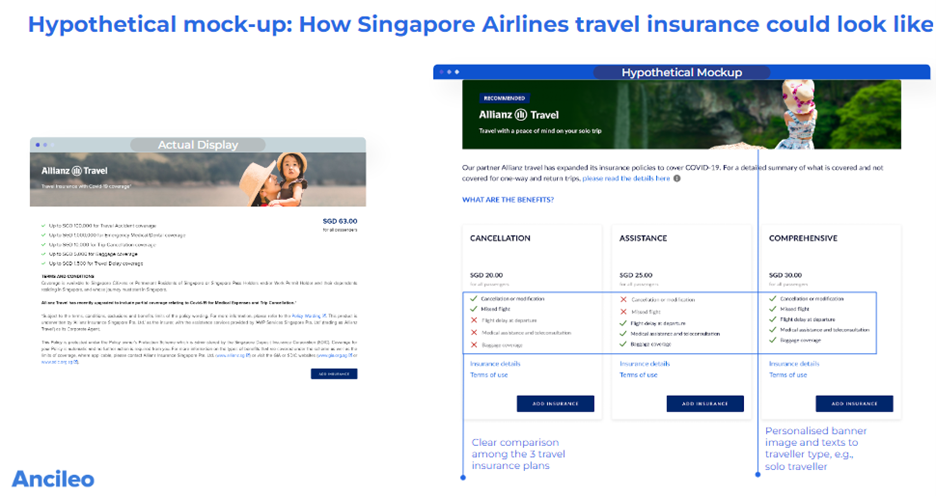
With virtually every business selling in the digital world, optimal user experience has become a must-have rather than a nice-to-have.
For airlines selling travel insurance products, it has become imperative to offer a good user interface – user experience (UI/UX) design to capture attention, sell and succeed in a competitive marketplace.
Get these up-to-date data and expert insights from Ancileo’s 2022 World Travel Insurance Benchmark for Airlines, a global study on 150+ airlines’ travel insurance programs and shifts in global travel insurers’ dominance in the market.
This report explores the growth of travel insurance partnerships in the airlines ecosystem, lending important insight into what lies ahead for the industry in 2022 and beyond.
Contact us to get free, full access to the complete research deck.
In 2022, 75% of Australian and New Zealand airlines benchmarked changed their travel insurance (TI) UI. Compare this to the measly 7.9% of Asian airlines benchmarked, along with just 6.3% of those in the Middle East and Africa.

A great UI and UX is a key component of a successful product. The right design interfacing between users and a website or app should look great, quickly deliver what the user needs, and be easy to use, seamless, and intuitive.
UI and UX are often used in the same context, but they are different:
According to market research firm Forrester, great UI can increase conversion rates by 200%. Seamless UX, on the other hand, can improve it by 300% to 400%.
Roughly 70% of online customers have abandoned shopping carts because of poor UX, warned Baymard Institute. This means e-commerce businesses lose big by not prioritising their target customers’ UI/UX journey on the site or app.
Inbound marketing specialists at ImpactBND have found sobering statistics, too. Seventy-nine percent of people who don’t enjoy their website experience click the “Back” button and move on to another site. The problem is particularly common for mobile users, with 52% of online users with a poor mobile experience “less likely to engage with a company.”
The long and short of it: Good UI/UX helps brands land better outcomes in the long term, generating more leads and enhancing conversion rates, and in turn translating to increased revenues.
For airlines, here are tips for UI/UX optimisation for TI in-path integration:
Mobile optimisation is also critically important, as 9 out of 10 airlines have a bigger mobile traffic than desktop traffic. This means mobile commerce accounts for a high composition of air ticket sales.



Mobile design seeks to fit content on the small screen. This is why screen size affects all aspects of design, including navigation. If you’re designing for mobile first, prioritise elements from most to least important. It’s easier to add further elements as the screen size increases.
Remove all barriers to finding, noticing, and creating an emotional response to the Buy tab. For instance, in the Include Travel Cover section, add a “Recommended” tag in a standout color plus the total pricing breakdown per day.

Simplify tabs for a clear, direct customer journey. A minimal UI is not only straightforward but also helps improve speed. In the example above, a succinct summary of the insurance benefits comes in a checklist that commands visual attention on the right side.

Your bid for a simple, straightforward display should come with elements that drive home the message for your target audience, e.g., the solo traveller or the multigenerational family groups.
Execute this through the header, accompanying images and text – but don’t be limited to these in reaching out to specific traveller types.
Among airlines vying for market share in travel insurance today, UI/UX design proves to be as crucial as the product and price themselves as a key differentiator.
Thinking ahead and understanding the investment involved in UX design and its potential will go a long way in achieving long-term targets as well as establishing brand loyalty.
Get these up-to-date data and expert insights from Ancileo’s 2022 World Travel Insurance Benchmark for Airlines, a global study on 150+ airlines’ travel insurance programs and shifts in global travel insurers’ dominance in the market.
This report explores the growth of travel insurance partnerships in the airlines ecosystem, lending important insight into what lies ahead for the industry in 2022 and beyond.
Contact us to get free, full access to the complete research deck.